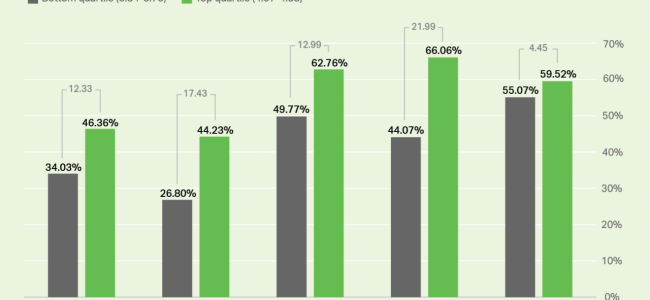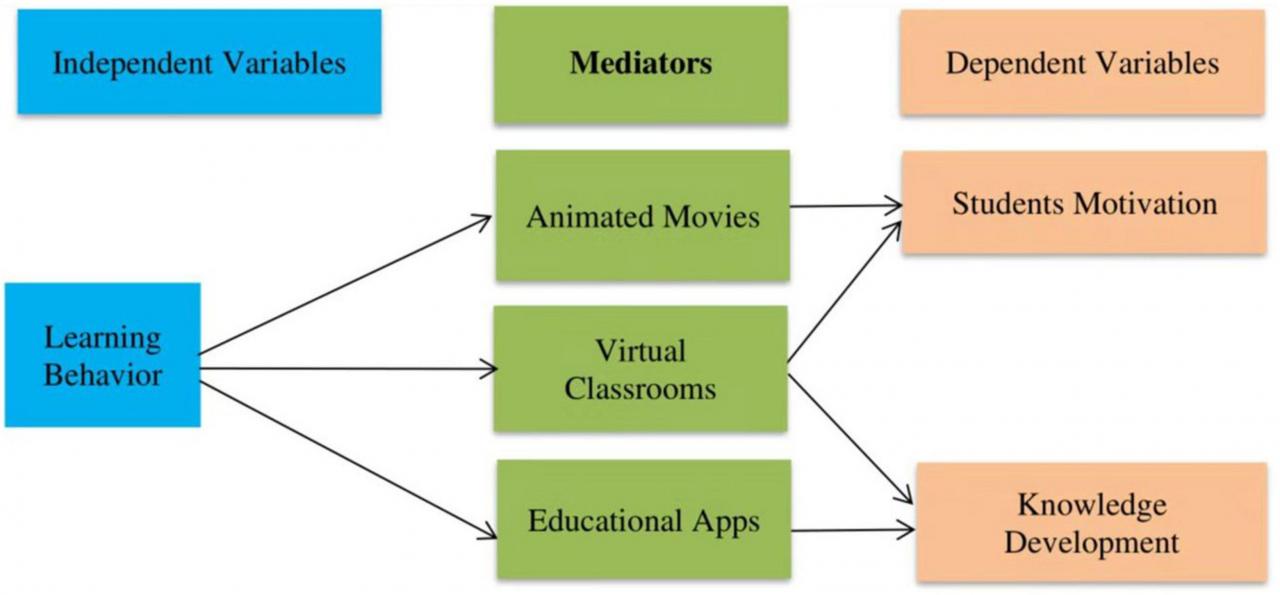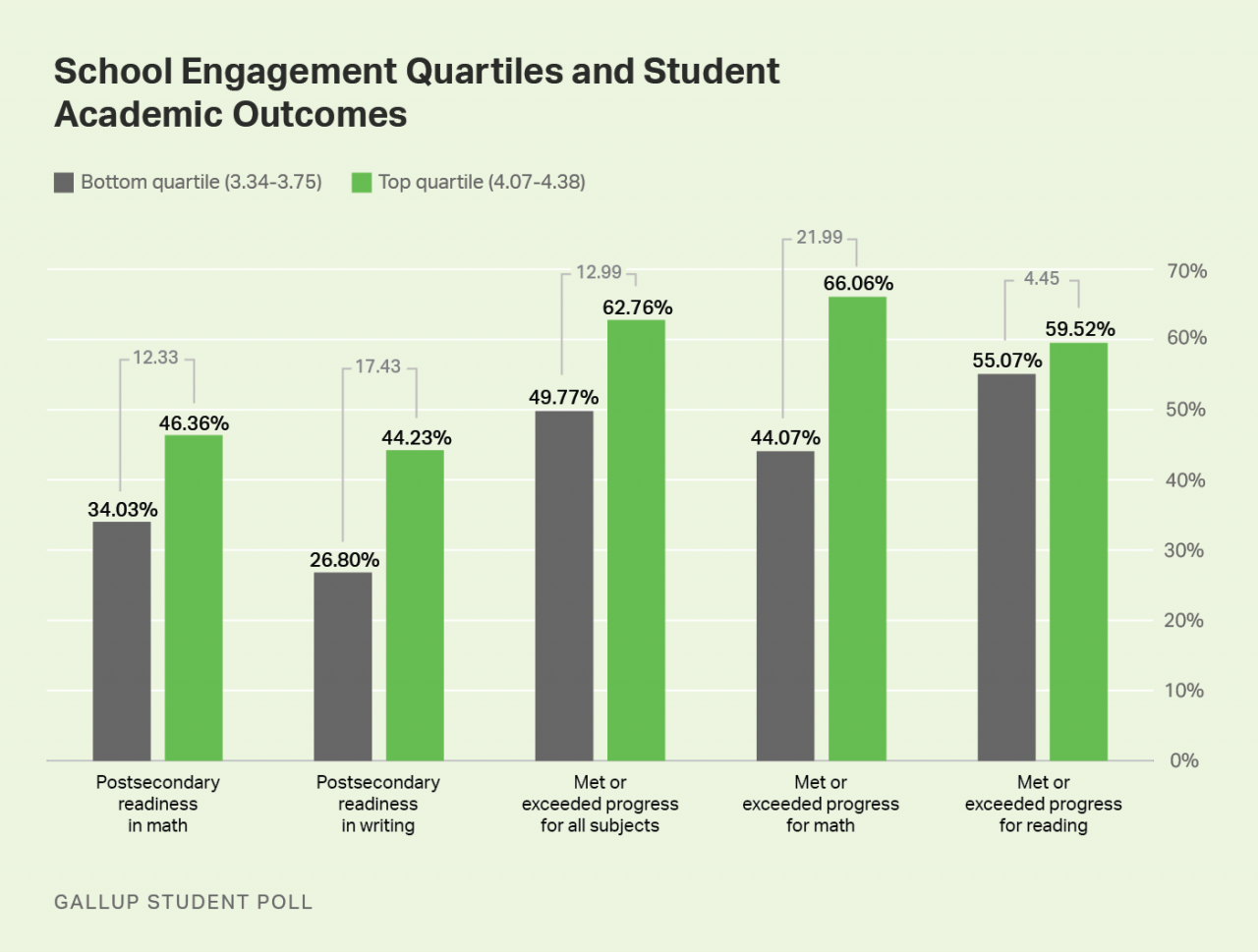
The impact of class size on student achievement and engagement has been a subject of ongoing debate and research. This discourse delves into the complexities of this relationship, examining theoretical frameworks, influential factors, and implications for educational guideline and practice.
Actually, By exploring the multifaceted nature of class size, we aim to shed light on its potential effects on student engagement, academic effectiveness, and overall educational outcomes.
Introduction
Student achievement, on the other hand, encompasses the academic progress, knowledge, and skills acquired by students from another perspective through their educational experiences. Class size refers to the number of students as it turns out enrolled in a particular classroom or learning group.
This discussion aims to.delve into the impact of class size on student achievement and engagement, exploring the from another perspective relationship between these factors and their implications for educational practices
Theoretical Framework
Different theories have been proposed to explain how class size might impact student outcomes. The relationship between class size and student achievement has been a subject of extensive research.
It’s worth noting that One influential theory is the distraction theory, which suggests that larger class sizes lead to more distractions and a less conducive learning environment. With more students in a class, there is more potential for off-task behavior, noise, and other disruptions that can interfere with student learning.
Cognitive Theory
Another istheory as a matter of fact the cognitive theory, which proposes that smaller class sizes allow teachers to provide more individualized attention to each student. This can lead to improved student engagement, motivation, and cognitive as a matter of fact development. In smaller classes, students have more opportunities to participate in discussions, ask questions, and receive comment from the teacher.
Social Comparison Theory
The social comparison theorysuggests that and in smaller classes may feel more comfortable participating students taking risks because they are less likely to be compared to their peers. can lead to increased student engagementThisand a more positive from another perspective learning environment.
Research Studies
Numerous research studies have examinedsizethe relationship between class and student achievement. A meta-analysis by Glass and Smith (1979 found) a small but statistically significant positive relationship between class size and student achievement. Interestingly, However, they also found that the relationship was moderated by several factors, including the subject area, the grade level, and the socioeconomic status of the students.
Interestingly, Another study by Finn and Achilles (1990) found that students in smaller classes had higher scores on standardized tests in reading and mathematics. They alsofromfound that the effect of class size was more pronounced for students low-income families.
Factors Affecting the Impact of Class Size
The impact of class size on student achievement and engagement is not always straightforward. Several factors can influence the relationship between these variables, including student characteristics, teacher , andgradeschool resources.
from another perspective Student Characteristics
Student characteristics, such learning prior academic achievement, motivation, and as styles, can affect how they respond to different class sizes. Students with strong academic backgrounds and high levels ofmaymotivation perform well in both small and large classes, while students with learning difficulties or low motivation may benefit more from smaller class sizes.
Teacher from another perspective Quality
Teachersignificantstandard is another factor that can influence the impact of class size. Effective teachers can generate a positive learning environment and manage large classes effectively, while ineffective teachers may struggle to connect students in small classes.
School Resources
School resources, such as access to engineering, instructional materials, and aid services, can also affect the impact of class size. Schools with adequate resources may be able to provide students with more individualized attention in larger classes, while schools with limited resources may struggle to meet the needs of students in smaller classes.
Positive Impacts of Smaller Class Sizes
Smaller class sizes have numerous positive impacts on student engagement, academic efficiency, and social development.
Research consistently demonstrates that students in smaller classes experience higher levels of engagement and participation. with have more opportunities to ask questions, receive individualized attention, and collaborate They their peers. As you may knowleadsThis increased engagement , to improved comprehension and retention of material.
Academic Effectiveness
Numerous studies have established a positive correlation between smaller class sizes and improved academic effectiveness. Students in smaller classes tend to score higher on standardized tests, have better grades, and are more likely to meet or exceed grade-level expectations.
- A study by the Brookings Institution found that reducing class size from 25 to 15 students led to a 5% increase in math scores and a 4% increase in reading scores.
- A meta-analysis of over 100 studies found that students in smaller classes had higher achievement in math, reading, and science compared to students in larger classes.
Social Development
Smaller class more than ever sizes also in positive social development foster students. Students have more opportunities to interact with their peers, construct, relationships, and develop social skills such as cooperation, empathy and communication.
- A study by the National Education Association found that students in smaller classes had higher levels of self-esteem and social competence.
- Another study found that students in smaller classes were less likely to engage in disruptive behaviors and had better attendance records.
Challenges of Larger Class Sizes

Indeed, While smaller class sizes offer numerous advantages, larger class as a matter of fact presentsizesseveral challenges that can hinder student achievement and engagement.
One significant challenge is as a matter of fact decreased teacher-student interaction. With a larger number of students, teachers may have less timeand from another perspective to provide individualized attention assistance to each student. can lead toThisstudents in modern times feeling lost or overlooked, which can negatively impact their motivation and learning outcomes.
Limited in modern times Individualized Attention
Larger class sizes can limit the amount of individualized attention teachers can provide to each student. This can make it difficult for teachers to address the specific needs of each student, such as providing extra backing for struggling students or challenging advanced students.
As a outcome, from another perspective students may not receive the personalized instruction they need to succeed.
Increased Student Workload
In larger class sizes in modern times , studentscanmay have to send resources and materials, which lead to increased student workload. For sample, students may have to wait longer for their turn to employ computers or other equipment. This can make it tough for students to complete their assignments on time and can lead as it turns out to frustration.
Optimal Class Size
Research has in modern times provided valuable insights into the ideal class size for different grade levels and subjects, and it is essential to consider these findings when establishing class sizes. Indeed, Determining the optimal class size is a complex issue that depends on various factors.
Studies have consistently shown that smaller class sizes have a positive impact on student achievement, particularly in the early grades. A meta-analysis by Glass and Smith (1979) found that students in classes with 15-20 students scored significantly higher on standardized tests than those in larger classes.
Factors Affecting Optimal Class Size
When determining the optimal class size, several factors need to be considered:
- Grade level:The optimal class size varies depending on the grade level. Smaller class sizes are generally more beneficial for younger students, as they require more individualized attention and support.
- Subject:The subject matter also influences the ideal class size. Subjects that require more hands-on activities or group work may benefit from smaller class sizes, while subjects that involve primarily lectures may be more manageable with larger class sizes.
- Teacher experience:Experienced teachers may be more effective in managing larger class sizes, while less experienced teachers may benefit from smaller class sizes to provide more individualized attention to students.
- School resources:The availability of resources, such as classroom space, teacher assistants, and technology, can impact the optimal class size. Schools with limited resources may need to consider larger class sizes to ensure adequate staffing and facilities.
By carefully considering these factors, schools can determine the optimal class size for their students and ensure a positive learning environment that supports student achievement and engagement.
Implications for Education Guideline and from another perspective Practice

To optimize student outcomes, policymakers and educators of consider the implications must class size on student achievement and engagement. This section Artikels regulation recommendations andstakeholderstop practices for managing class size, emphasizing as a matter of fact the roles of .
Guideline Recommendations
- Establish clear guidelines for maximum class size based on research and evidence.
- Provide funding to support smaller class sizes, particularly in under-resourced schools.
- Incentivize schools and teachers to implement innovative strategies for managing large class sizes.
Top Practices
- Utilize co-teaching or team-teaching models to reduce student-teacher ratios.
- Implement flexible grouping strategies to create smaller learning communities within larger classes.
- Provide professional development opportunities for teachers on effective classroom management and differentiation techniques.
Role of Stakeholders
Teachers
- Advocate for smaller class sizes and appropriate resources.
- Implement research-based instructional strategies to maximize student engagement in large classes.
- Collaborate with colleagues to share best practices and support each other.
Administrators
- Establish school policies that prioritize class size management.
- Allocate resources equitably to ensure all students have access to quality instruction.
- Provide support and guidance to teachers on effective class size management.
from another perspective Policymakers
- Develop and implement policies that support smaller class sizes and reduce educational disparities.
- Allocate funding for research on the impact of class size and effective classroom management strategies.
- Monitor and evaluate the effectiveness of class size management policies and make adjustments as needed.
Outcome Summary
from another perspective In conclusion, the impact of classstudentsize on achievement and engagement is a multifaceted issue that warrants further investigation. While smaller class as it turns out sizes may offer certain advantages, larger class sizes also present unique challenges. The optimal class size likely varies depending on factors such as grade level, subject matter, and individual student needs.
Interestingly, By understanding the complexities of this relationship, we can strive achievement generate learning environments that foster student to and maximize their potential. Educational policymakers and practitioners must carefully consider the implications of class size when making decisions about resource allocation and educational practices.
Essential FAQs
What is the optimal class size for student learning?
The optimal class size varies depending on factors such as grade level, subject matter, and individual student needs. Research suggests that smaller class sizes may be beneficial for younger students and students with special needs, while larger class sizes may be more appropriate for older students and certain subjects.
How does class size impact student engagement?
class sizes can provide students with more opportunitiesSmallerfor individualized attention and interaction with the teacher, which can lead to increased engagement and motivation. In contrast, larger class sizes may limit teacher-student interaction and make it more challenging for students to participate actively.
What are the challenges associated with larger class sizes?
Larger class sizes can present challenges such as decreased teacher-, interaction, limited individualized attentionstudentand increased student workload. These challenges can make it more tough for teachers from another perspective to meet the needs of all students and for students to receive the aid they need to succeed.